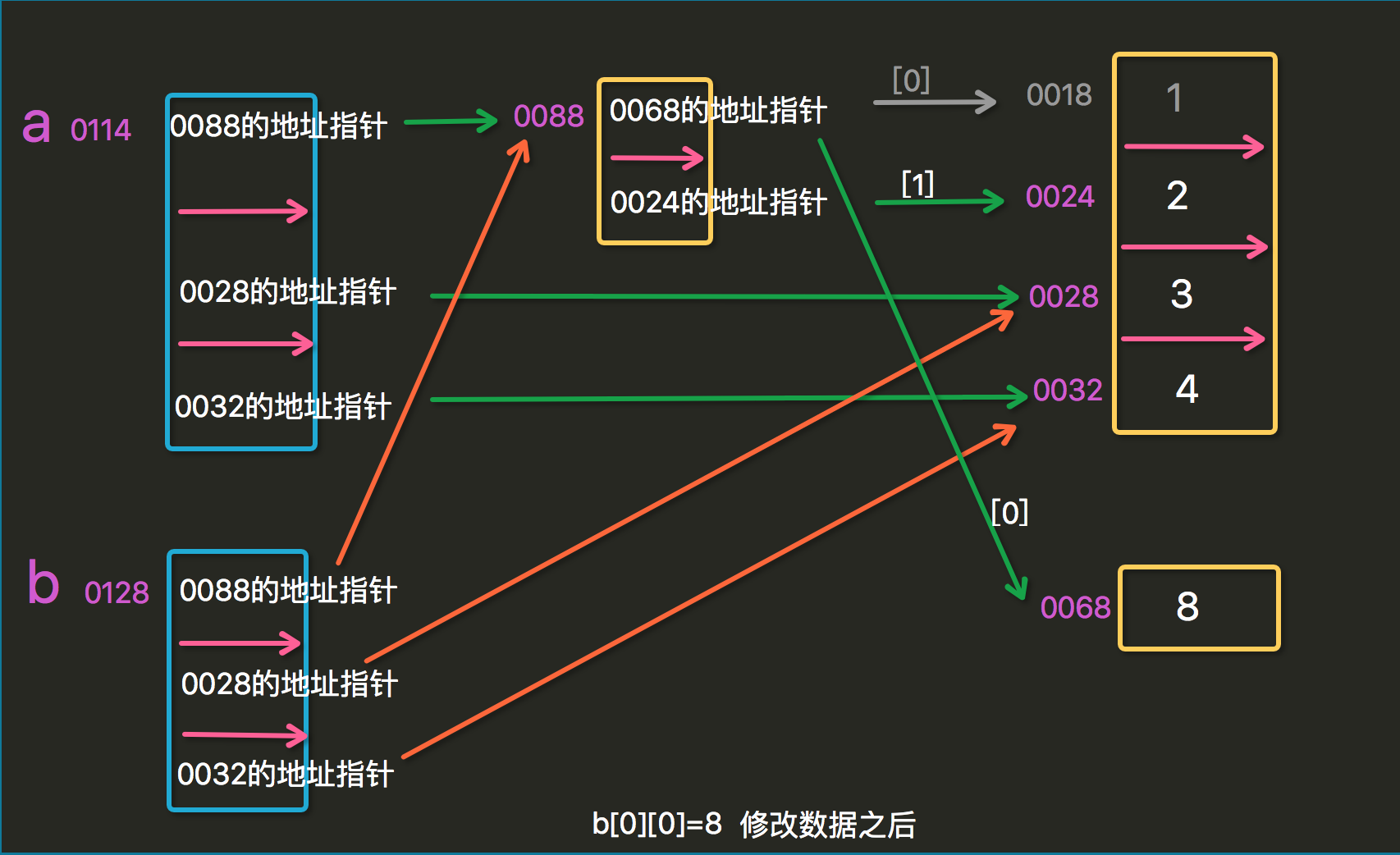Python-Basis-7th
周二,晴,记录生活分享点滴
参考博客1:https://www.cnblogs.com/yuanchenqi/articles/5782764.html
参考博客2:https://www.cnblogs.com/alex3714/articles/5717620.html
Python版本:3.5
深浅拷贝
浅copy
只copy第一层
# 两个人使用同一银行卡 # 浅copy father = ["BA", 10001, [5000, 1000]] # 第一个账户 ,额度5000,余额1000 mother = father.copy() # 第二个账户 mother[0] = "MA" # 改变账户名 mother[1] = 10002 # 改变账户代号 father[2][1] -= 200 #第一个账户支出200 print(mother) #第二个账户同步第一个账户的数据,即显示支出200后的结果 # ['MA', 10002, [5000, 800]]
深copy
完全克隆一份
# 三个人使用同一张银行卡 #深copy import copy father = ["BA",10001,[5000,1000]] mother = father.copy() mother[0] = "MA" mother[1] = 10002 child = copy.deepcopy(father) # 深拷贝 # 将father的钱完全拷贝一份,不走mother的流程 child[0] = "NI" child[1] = 10003 child[2][1] -= 500 # child支出500 father[2][1] -= 400 # father支出400 print(mother) # ['MA', 10002, [5000, 600]] # mother只能看到father支出的400,无法发现child支出的500,说明child进行了深拷贝 print(child) # ['NI', 10003, [5000, 500]]


小结:
浅copy无论在字典还是列表中,都只copy第一层
深copy属于完全复制一层
在实际应用中,浅copy不常用
集合 set
认识集合
定义:
集合是一个无序的,不重复的数据组合。
li=[1,2,'a','b'] s =set(li) print(s) # {1, 2, 'a', 'b'} li2=[1,2,1,'a','a'] s=set(li2) print(s) #{1, 2, 'a'}
作用:
去重,把一个列表变成集合,就自动去重了
关系测试,测试两组数据之前的交集、差集、并集等关系
对象:
集合对象是一组无序排列的可哈希的值:集合成员可以做字典的键
#错误示范。表示集合对象不可以是列表格式,列表是可改变的,不是固定的值,是不可哈希的 li=[[1,2],'a','b'] s =set(li) #TypeError: unhashable type: 'list' print(s)
分类:
可变集合(set):可添加和删除元素,非可哈希的,不能用作字典的键,也不能做其他集合的元素
不可变集合(frozenset):与上面恰恰相反
#错误示范。可变集合不能作为字典的键 li=[1,'a','b'] s =set(li) dic={s:'123'} #TypeError: unhashable type: 'set'
创建集合
通过set()和frozenset()创建
s1 = set('alvin') # 可变集合 s2= frozenset('yuan') # 不可变集合 print(s1,type(s1)) # {'l', 'v', 'i', 'a', 'n'} <class 'set'> print(s2,type(s2)) # frozenset({'n', 'y', 'a', 'u'}) <class 'frozenset'>
访问集合
由于集合本身是无序的,所以不能为集合创建索引或切片操作,只能循环遍历或使用in、not in来访问或判断集合元素。
循环遍历的方式有:for循环 、迭代器
s1 = set('alvin') print('a' in s1) # True print('b' in s1) # False #s1[1] #TypeError: 'set' object does not support indexing for i in s1: print(i) # v # n # l # i # a
更新集合
通过内建方法更新:
s.add()、s.update()、s.remove()、del:删除集合本身
只有可变集合才能更新
# s1 = frozenset('alvin') # 因为是不可变集合,所以报错 # s1.add(0) #AttributeError: 'frozenset' object has no attribute 'add' s2=set('alvin') s2.add('mm') # 增加一个整体,将mm作为一个整体添加 print(s2) #{'mm', 'l', 'n', 'a', 'i', 'v'} s2.update('HO') # 添加多个元素,将HO拆解成两个元素 print(s2) #{'mm', 'l', 'n', 'a', 'i', 'H', 'O', 'v'} s2.remove('l') print(s2) #{'mm', 'n', 'a', 'i', 'H', 'O', 'v'}
常用操作

s = set([3,5,9,10]) #创建一个数值集合 t = set("Hello") #创建一个唯一字符的集合 a = t | s # t 和 s的并集 b = t & s # t 和 s的交集 c = t – s # 求差集(项在t中,但不在s中) d = t ^ s # 对称差集(项在t或s中,但不会同时出现在二者中) 基本操作: t.add('x') # 添加一项 s.update([10,37,42]) # 在s中添加多项 使用remove()可以删除一项: t.remove('H') len(s) set 的长度 x in s 测试 x 是否是 s 的成员 x not in s 测试 x 是否不是 s 的成员 s.issubset(t) s <= t 测试是否 s 中的每一个元素都在 t 中 s.issuperset(t) s >= t 测试是否 t 中的每一个元素都在 s 中 s.union(t) s | t 返回一个新的 set 包含 s 和 t 中的每一个元素 s.intersection(t) s & t 返回一个新的 set 包含 s 和 t 中的公共元素 s.difference(t) s - t 返回一个新的 set 包含 s 中有但是 t 中没有的元素 s.symmetric_difference(t) s ^ t 返回一个新的 set 包含 s 和 t 中不重复的元素 s.copy() 返回 set “s”的一个浅复制
a = set([1, 2, 3, 4, 5]) b = set([4, 5, 6, 7, 8]) # in ,not in # 集合等价与不等价(==, !=) # intersection() 交集 print(a.intersection(b)) # {4, 5} print(a & b) # union() 并集 print(a.union(b)) # {1, 2, 3, 4, 5, 6, 7, 8} print(a | b) # difference() 差集 print(a.difference(b)) # {1, 2, 3} # in a but not in b print(b.difference(a)) # {8, 6, 7} # in b but not in a print(a - b) print(b - a) # symmetric_difference() 对称差集,即反向交集 print(a.symmetric_difference(b)) # {1, 2, 3, 6, 7, 8} print(a ^ b) # issuperset() 父集 print(a.issuperset(b)) # False print(a > b) # issubset() 子集 print(a.issubset(b)) # False print(a < b)



 浙公网安备 33010602011771号
浙公网安备 33010602011771号